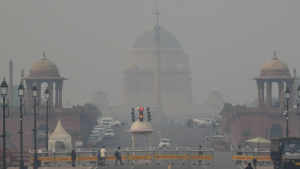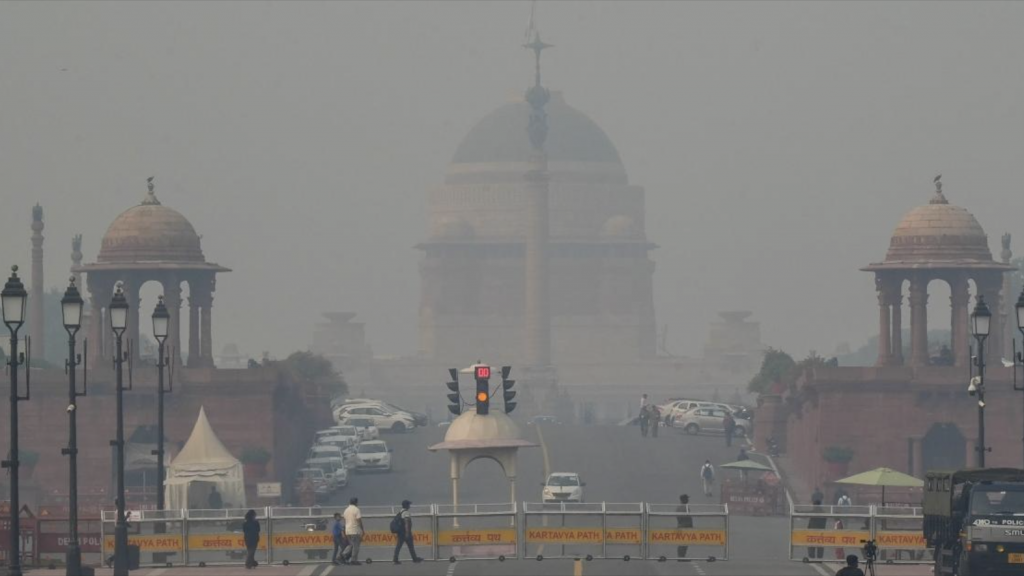New Delhi, Nov 19: Due to favourable atmospheric conditions, mainly the direction and speed of the wind, Delhi’s and its suburbs’ air quality improved even more on Sunday, according to monitoring agencies. At seven in the morning, the city’s air quality index was 290. Every day at 4 p.m., the 24-hour average AQI was recorded as 319 on Saturday, 405 on Friday, and 419 on Thursday. Extremely poor air quality was also reported in the nearby cities of Ghaziabad (275), Gurugram (242), Greater Noida (232), Noida (252) and Faridabad (318). A score of 0–50 is regarded as good, 51–100 as satisfactory, 101–200 as moderate, 201–300 as poor, 301–400 as very poor, 401–450 as severe, and above 450 as severe plus.In light of the decline in air pollution, the Centre lifted strict restrictions on Saturday. These included a ban on construction work related to linear projects and the entry of trucks that emit pollution into Delhi. These actions make up the Graded Response Action Plan (GRAP), the Center’s air pollution control plan’s fourth and final stage. The statutory Commission for Air Quality Management in the National Capital Region and Adjoining Areas (CAQM), which is in charge of developing strategies to tackle pollution in the area, has requested that Delhi and the NCR states lift all emergency restrictions. These restrictions allow only electric, CNG, and BS VI-compliant vehicles from other states to enter Delhi, with the exception of vehicles providing essential services.According to the most recent CAQM order, Stage IV of GRAP also prohibited all medium and heavy goods vehicles from operating in the capital unless they were providing essential services. The pollution control body declared that all other restrictions under GRAP stages I, II, and III will remain in place. These restrictions include a ban on mining, stone crushers, non-essential construction work, and diesel generators. The Indian Meteorological Department and Indian Institute of Tropical Meteorology’s air quality forecasts do not point to a sharp decline in Delhi-NCR’s overall air quality in the upcoming days, according to the CAQM.According to recent data from a collaborative project between the Indian Institute of Technology (IIT), Kanpur and the Delhi government, vehicle emissions were responsible for nearly 45% of the air pollution in the capital on Friday. This came down to 33% on Saturday. The second major cause of Delhi’s bad air is secondary inorganic aerosols, which make up 19 to 36% of the city’s air pollution over the past few days. These particles are made up of gases and particulate pollutants from sources like power plants, refineries, and cars. They form in the atmosphere as sulphate and nitrate.



